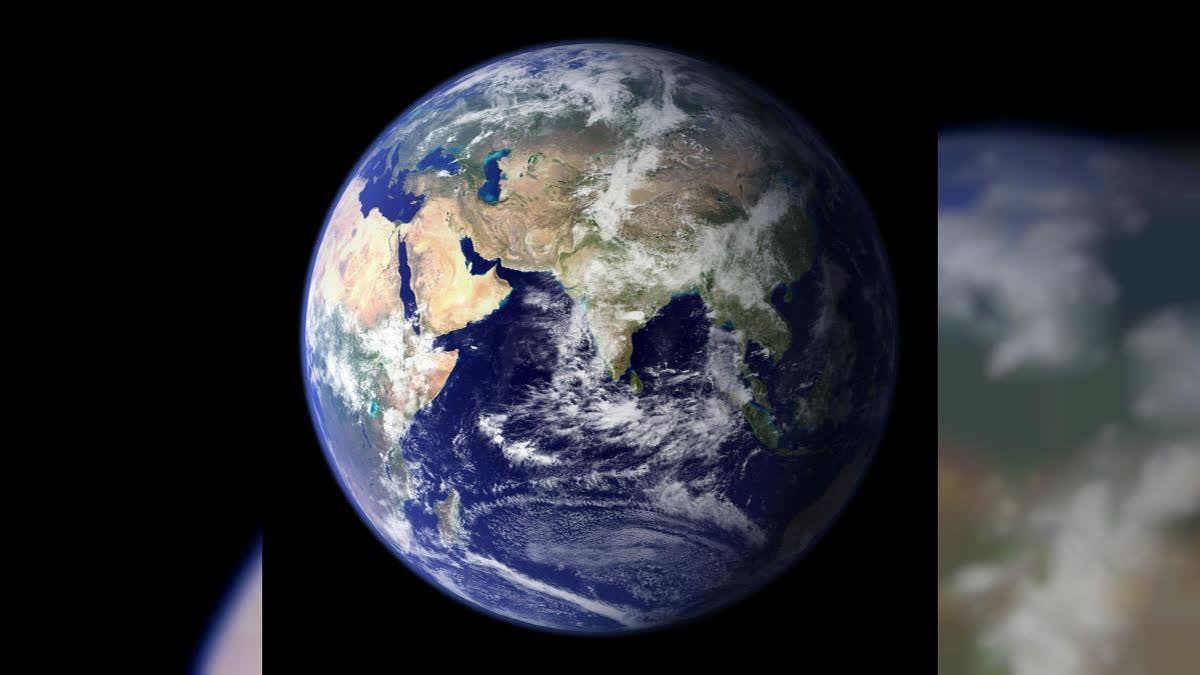New Delhi: Observed on January 8 every year, the Earth’s Rotation Day celebrates the anniversary of French physicist Leon Foucault’s 1851 proof that the Earth rotates on its axis. The day also honours Foucault’s first public demonstration in Paris.
History
It took several years for philosophers and scientists to work out how the Earth rotates around the sun. It was 470 BC, the Greeks claimed that the earth moved on itself. However, in 1851 French Physicist Leon Foucault showed the world’s rotation with the help of a pendulum.
The experiment became the appropriate medium to prove the phenomenon. It was later showcased at the Paris Observatory as well as Pantheon in Greece. Even today, this very experiment holds precedence over the rest in various museums across the world.
Significance
The day gives an opportunity for people especially children to get more knowledge about the phenomenon and celebrate its operation.
On this day, children can also gain a deeper understanding of this phenomenon and celebrate its operation. Children across the globe learn about this phenomenon with a lot of enthusiasm and want to know more about it. Children become more inquisitive about this phenomenon and become familiar with it.
Foucault’s Pendulums can now be found in science museums across the world and they are an important tool for understanding and learning about solar science.
Facts About Earth’s Rotation
The Earth’s diameter is 12,714 kilometres (7,900 miles) from the North toward the South Poles and 12,756 kilometres (12,756 miles) via the equator (7,926 miles).
70 per cent of Earth’s surface is covered by water. Just 3 per cent of that is freshwater, with 97 per cent being saltwater. There has been a cyclical connection between the continents of Earth for millions of years. Researchers have decided the age of the planet to be just shy of 4.5 billion years by inspecting rocks from different regions of the world. The latest ice advance on Earth began around 70,000 years ago and finished 11,500 years ago. Its most noteworthy extent arrived 18,000 years ago.
NASA Findings
The National Aeronautics and Space Administration (NASA) funded findings try to find out how climate is changing the earth’s rotation. Researchers used more than 120 years of data to decipher how melting ice, dwindling groundwater, and rising seas are nudging the planet’s spin axis and lengthening days.
Days on Earth are growing slightly longer, and that change is accelerating. “The reason is connected to the same mechanisms that also have caused the planet’s axis to meander by about 30 feet (10 meters) in the past 120 years,” the NASA finding said.
The findings come from two recent NASA-funded studies focused on how the climate-related redistribution of ice and water has affected Earth’s rotation.
“This redistribution occurs when ice sheets and glaciers melt more than they grow from snowfall and when aquifers lose more groundwater than precipitation replenishes. These resulting shifts in mass cause the planet to wobble as it spins and its axis to shift location, a phenomenon called polar motion. They also cause Earth’s rotation to slow, measured by the lengthening of the day. Both have been recorded since 1900,” the NASA findings stated.



